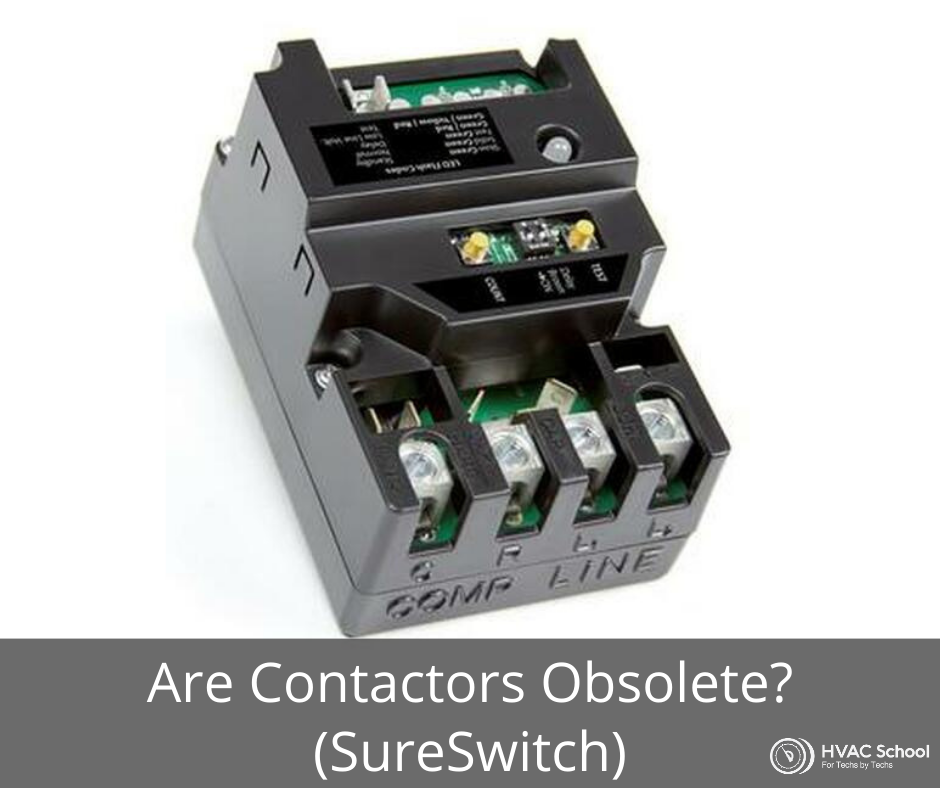Are Contactors Obsolete? (SureSwitch)

In this podcast episode, Bryan and Jim Fultz discuss the White-Rodgers SureSwitch and determine whether contactors are obsolete or not.
Contactors are electrical controls; they started off very expensive and usually outlasted equipment, so they are currently smaller, cheaper, and less durable than they used to be. Modern contactors have open contacts and are susceptible to insect damage. Sometimes, an electrical arc can cause contactor pitting, which can weld the points together and render the contacts useless.
The SureSwitch is more than a contactor; it is also a brownout monitor, short cycle timer, and a random start timer that helps with brownout recovery. The installation instructions are also thorough and include helpful information like torque specs. It also has a high-visibility LED.
The SureSwitch has sealed contacts, so insects can't get to the contact points and cause pitting or failure to close. There is also a latching relay feature, which prevents chattering at lower voltages; the points stay fully closed. The SureSwitch also has a microprocessor that monitors the electrical current going inside the relay. If that microprocessor detects arcing, it knows that the contact points had closed somewhere close to the peak of the arc, and it will adjust itself accordingly.
The SureSwitch now has a multi-volt coil, so it can work in residential AND commercial HVAC. Instead of being limited to single-phase 240v applications, we can now apply that contactor to three-phase and 208v applications.
Jim and Bryan also discuss:
- Shunts
- Contactor chattering
- Opening or closing at the zero point of the sine wave
- Mounting points
- Why insects like to get into contactors
- Contact configuration
- Time delays
- Maintenance contracts and customer loyalty incentives
- Short cycling for testing purposes
Learn more about Refrigeration Technologies HERE.
If you have an iPhone, subscribe to the podcast HERE, and if you have an Android phone, subscribe HERE.










Comments
To leave a comment, you need to log in.
Log In